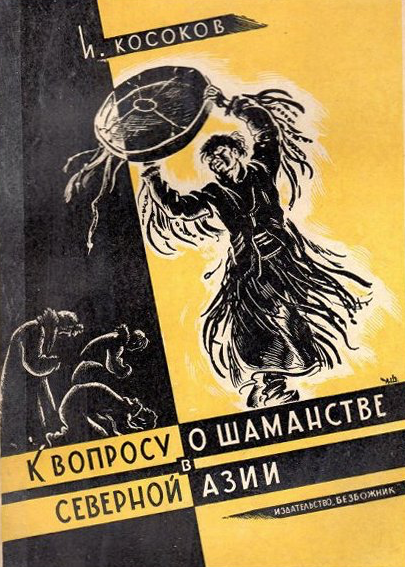
Who owns “Siberian shamanism”?
Piers Vitebsky (Scott Polar Research Institute, University of Cambridge)
The word “shaman” embodies Siberia’s most distinctive contribution to world anthropology. For most of the 20th century, half of the Arctic became internationally inaccessible, losing the important comparative and theoretical role which the region had played in the Boas era around 1900. Yet Siberian “shamanism” became world-famous at the same time, though until the late 1980s this fascination evolved with almost no fieldwork by outsiders or dialogue with Russian researchers, as a small number of translations from the huge corpus of Russian texts was recycled to feed a succession of western theological, psychological or countercultural tropes (the shaman is mad, or wise, or a psychiatrist), removing much that is distinctively Siberian and turning Siberian worldviews into flattened exemplars of some universal archetype.
Buddhist Mongolia and Muslim Central Asia formed a continuum with Siberia and were accessible to Soviet scholars. The ethnographic universe and scholarly tradition of Amazonia were inaccessible, yet have fascinating echoes. During a rare period of openness until 2022, this region joined Siberia in debates about shamanism, re-cast in terms of animism, perspectivism, and ontology. This put a new value on Siberian material for global anthropological theory, while reviving the boldness of Boas’ intercontinental approach.
Siberian hunters and reindeer herders are keen readers of anthropology and would surely welcome this new comparative literature if it were made available to them.
